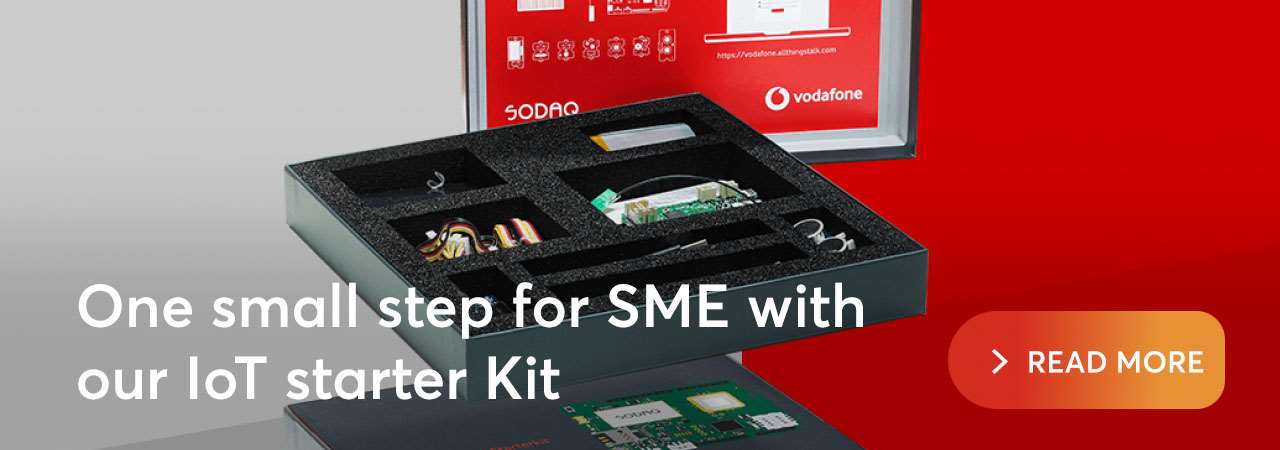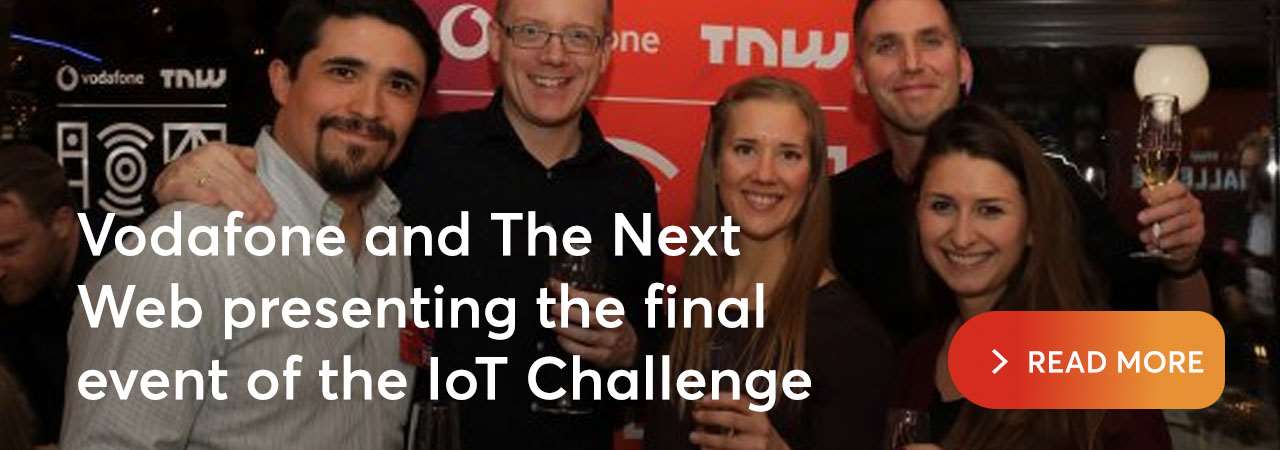Internet of Things: connecting everything with everyone
Internet of Things (IoT) connects more and more devices with the internet. As a result companies save costs, consumers experience more convenience and patients receive better care. A coffee-maker can now notify the online supermarket that it has run out of beans, a sensor sends out an alert that a patient needs more oxygen or a customer pays with his smartphone without the intervention of an employee. In the Netherlands, the IoT network of VodafoneZiggo provides many of these connections.
Smart dykes keep our feet dry
Partnerships are important to us in the development of IoT solutions. VodafoneZiggo works with JLD Contracting and FacilityApps, for example, on an IoT system to improve dyke monitoring. It enables JLD Contracting to identify weak spots quicker and take timely measures to fortify them.
IoT offers plenty of opportunities to businesses
The market for IoT is booming. The number of machines connected by IoT already amounts to approximately 50 billion devices worldwide. This number is expected to grow to 155 billion in 2025. Most Dutch companies embedding IoT in their business operations indicate that the result was an increase in sales or a significant reduction in costs. Moreover, in many cases IoT applications lead to an improved customer experience. All in all enough reasons to embrace IoT. This awareness is now growing among entrepreneurs. Following the large companies, we notice an increase in the number of SMEs engaging in IoT.
Trailblazer in IoT networks
VodafoneZiggo is one of the largest players in the area of IoT worldwide, with more than 74 million connections. We support customers in all sectors of industry with the introduction and development of IoT. To this end we leverage our company’s international expertise and the expertise of our local partners to offer an IoT service that perfectly suits the needs of the customer.
In 2018 we heavily invested in our IoT network once again. We opted for so-called Low Power Wide Area (LPWA) networks, that are extremely energy-efficient and also provide good coverage underground, for example in tunnels or behind massive office walls. A well-known example of such a network is Narrow Band Internet of Things (NB-IoT), that we support nationwide. That also applies to our LTE-M network that can use a wider bandwidth than NB-IoT and is therefore suitable for products using voice, like automatic barriers and ‘talking’ lifts. Both NB-IoT and LTE-M are part of the 5G network and offer customers therefore the guarantee of a future-proof network.
IoT Starter Kit gets companies going
For many customers IoT applications are totally new. Which is why we want to kick-start them with the IoT Starter Kit. They can now build an IoT prototype step by step, test it and adjust it, without needing a lot of technical know-how.
Marketing campaign for SME
To convince small and medium enterprises of the benefits of IoT, we initiated an extensive media campaign in 2018. We used it to emphasize that IoT is not so much about things, but about people and better service. Thanks to the campaign more than 500 people a day visit our website about IoT. There, they find valuable information about how we apply IoT in various sectors of industry and with which partners we collaborate. The campaign resulted in a clear growth (8%) in the number of SME customers considering VodafoneZiggo as their IoT partner. We contact these interested parties, for example during special IoT events. Eventually, we talked to over a thousand customers about what IoT can mean to them.
IoT Challenge stimulates innovation and cooperation
In 2018, VodafoneZiggo and tech media company The Next Web (TNW) together organized the 'Vodafone TNW IoT Challenge'. Ten large organizations – among which Heineken, Efteling and Stedin – challenged fresh, innovative start-ups to come up with IoT solutions for specific issues. Like combatting electricity fraud, stimulating elderly people to exercise more or shortening queues at amusement park attractions. Out of 267 international entries, the organizations eventually chose ten start-ups. Together, they developed the ideas into working products, which were presented at the end of November.


